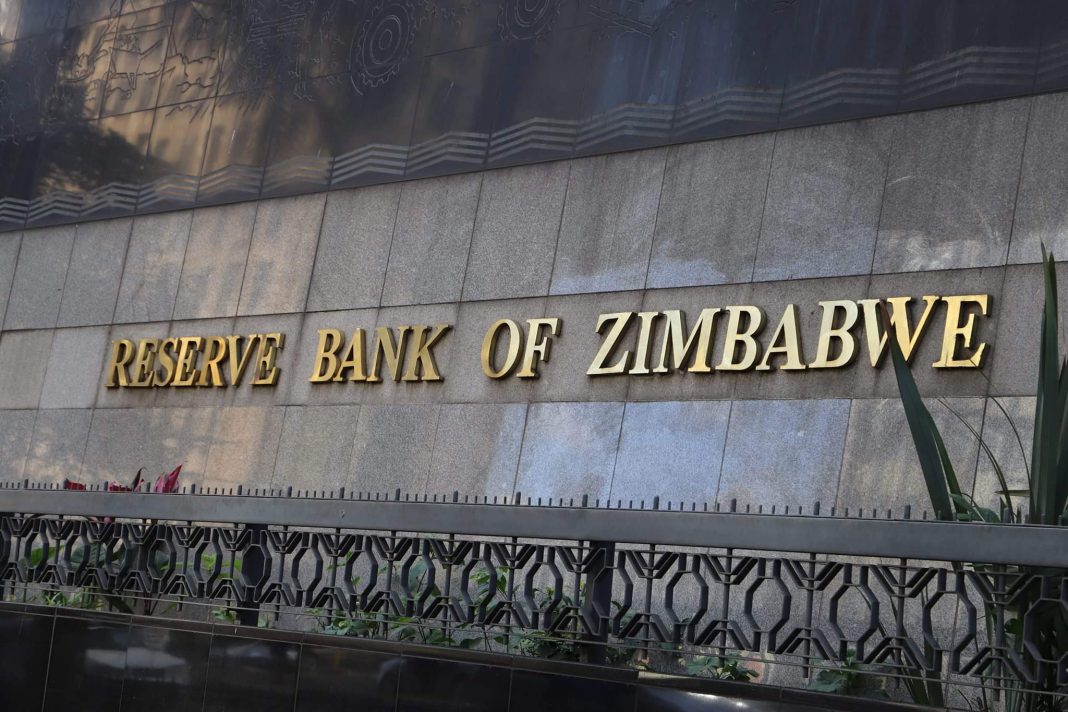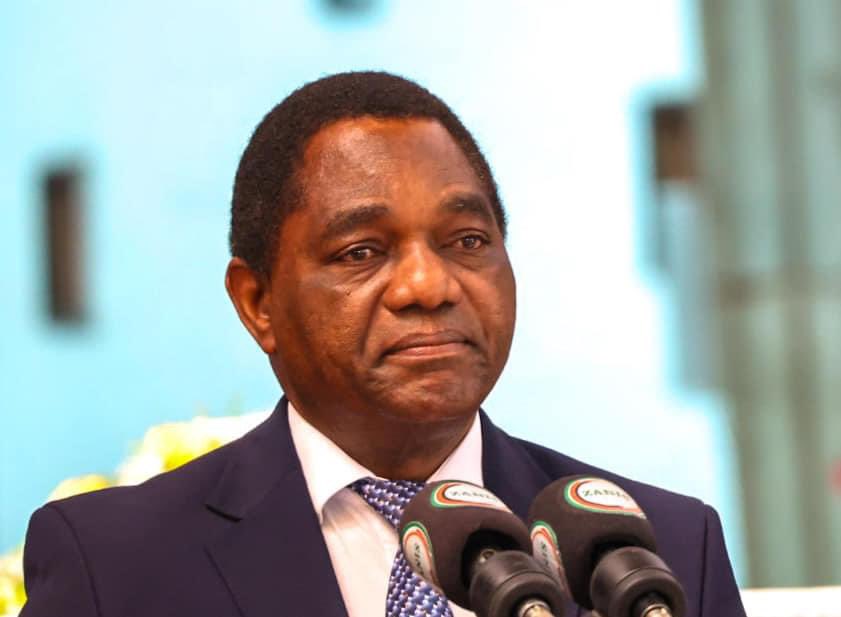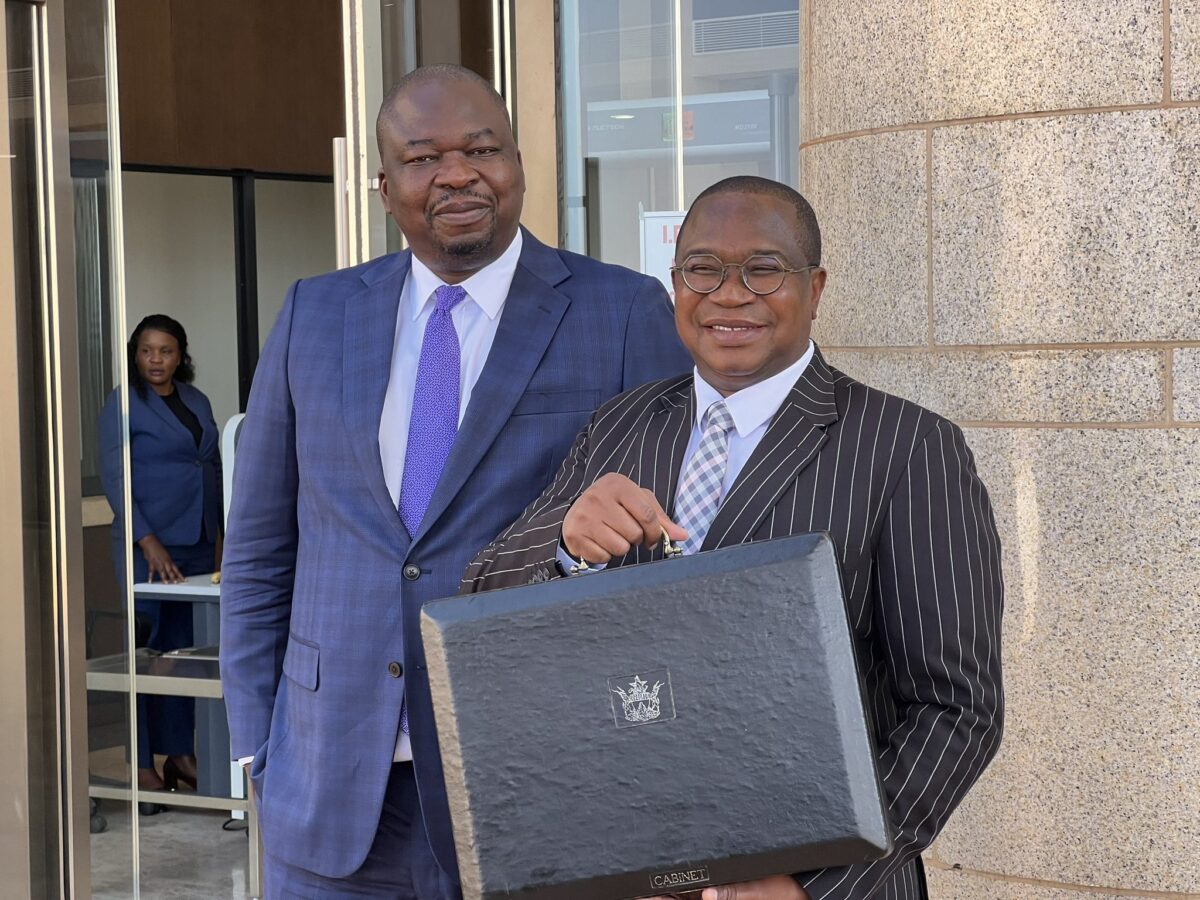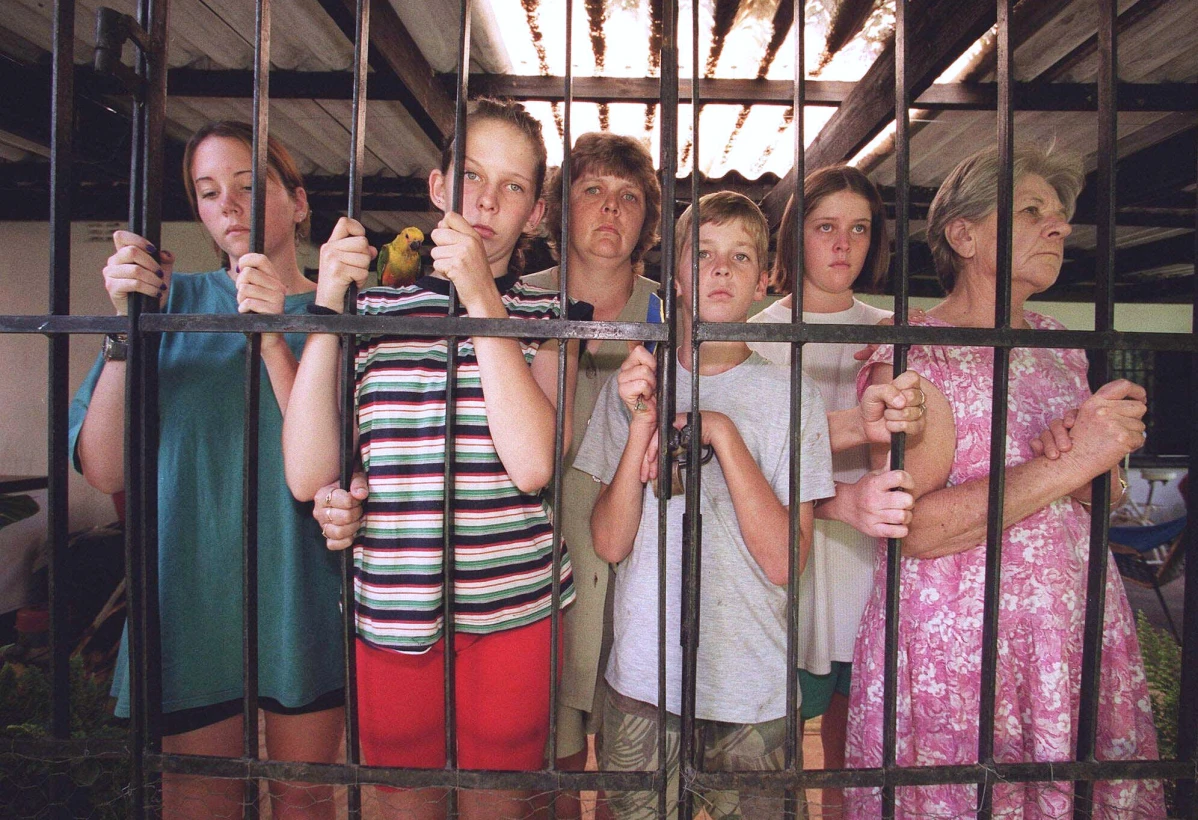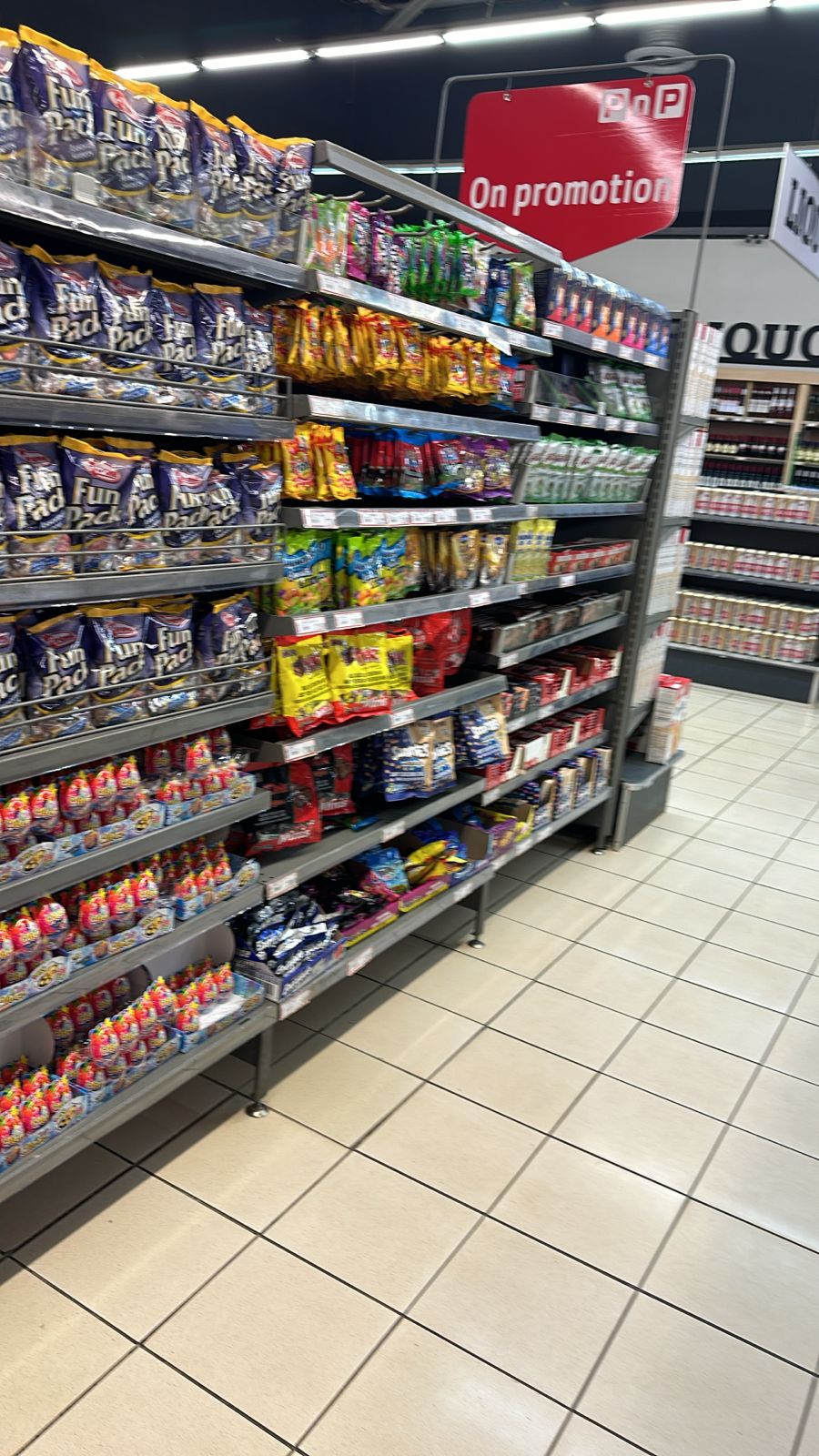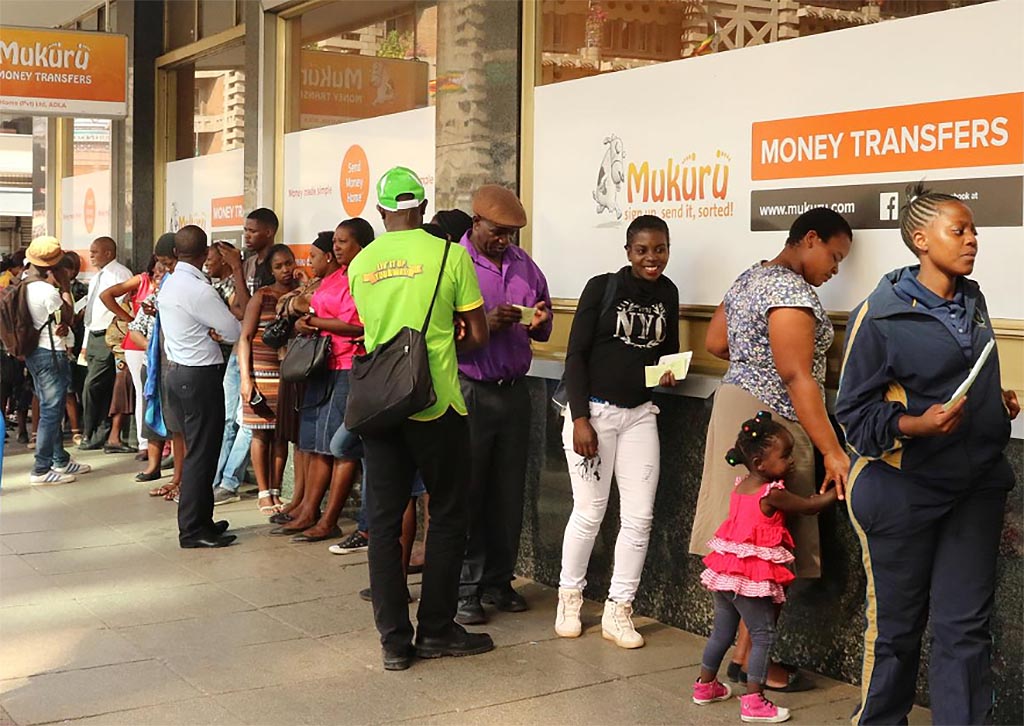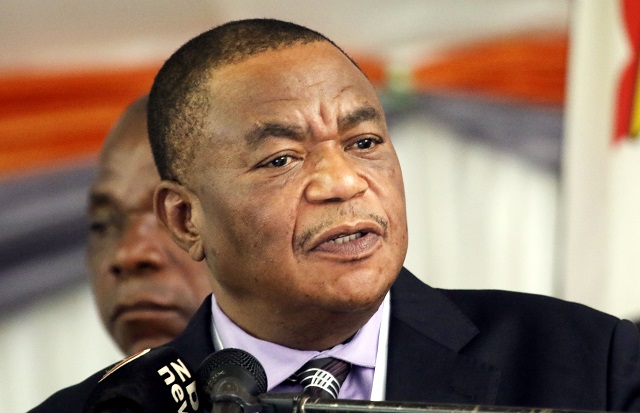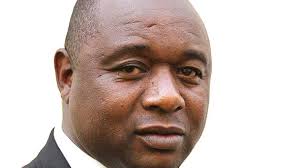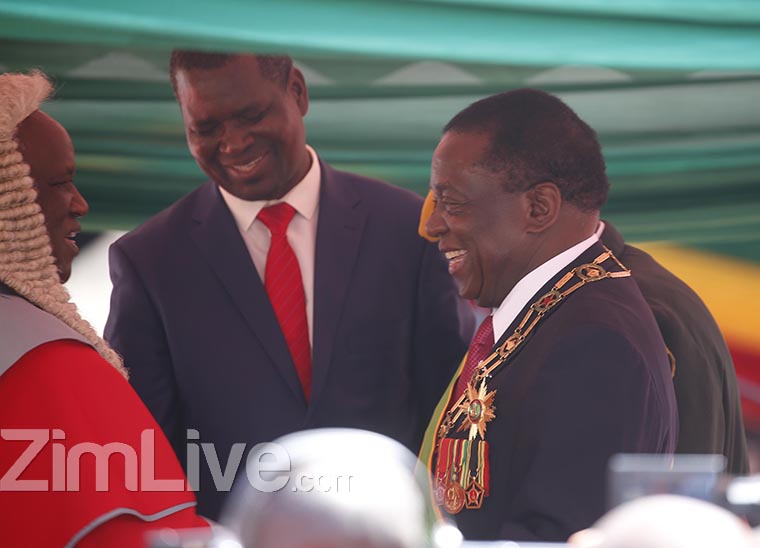HARARE — Zimbabwe’s inflation eased significantly in November, the Reserve Bank of Zimbabwe (RBZ) said Tuesday, but the country’s dual currency markets remain a challenge, with the black-market exchange rate diverging sharply from the official rate.
Month-on-month inflation slowed to 11.7% in November from 37.2% in October, which saw a spike due to a one-off depreciation of the Zimbabwean dollar against the U.S. dollar in September, according to the RBZ’s Monetary Policy Committee (MPC).
The official exchange rate now stands at 25.56 ZIG per U.S. dollar, but the parallel market remains elevated at around 39 ZIG to the dollar.
The RBZ attributed the inflation slowdown and exchange rate stability to its September monetary tightening measures, which curtailed liquidity and speculative activity in the foreign exchange market.
Foreign currency inflows rose 19.1% to $11.05 billion in the first 10 months of 2024, compared to $9.27 billion in the same period last year, providing further support for the official market.
To sustain this stability, the MPC retained its tight monetary stance, keeping the policy rate at 35% and statutory reserve requirements for savings and time deposits at 15%, and for demand and call deposits at 30%.
The bank also announced plans for a Targeted Finance Facility to cushion the productive sector amid liquidity constraints.
Central bank governor John Mushayavanhu expressed optimism that inflation and exchange rate stability would persist. However, the enduring gap between the official and black-market rates highlights ongoing challenges in the country’s currency management. Kukurigo

